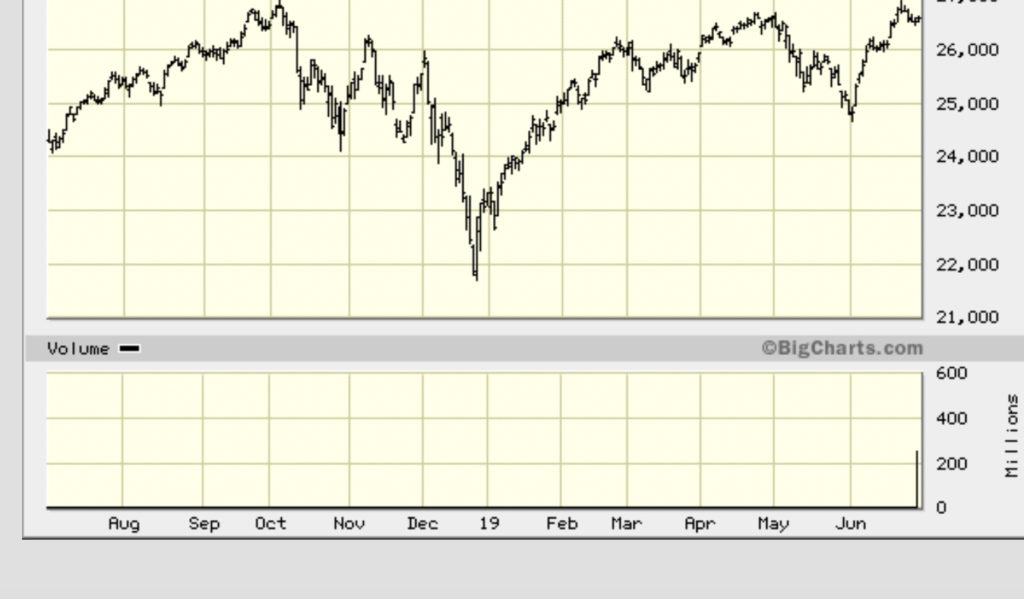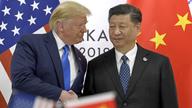And what about the possible impact of a positive G20 and momentum toward a U.S./China trade deal? Stocks, no surprise, are readily excitable. For global safe haven bonds, however, it’s of little consequence. How can this be? Because even a trade deal would at this point have minimal impact on what has become deep and rapidly worsening structural impairment. Trade deal or not, Chinese exports to the U.S. will decline, right along with capital investment. Even with a deal, the Chinese financial system faces the consequences of years of rapid expansion, as economic prospects deteriorate. Sure, 6% growth as far as the eye can see. This implies a further surge in consumer debt and even more dangerous mortgage finance and apartment Bubbles. Unparalleled overcapacity and maladjustment.
Record U.S. stock prices in October 2007 made it easy to dismiss the momentous ramifications associated with subprime borrowers (the “Periphery”) losing access to cheap Credit – to disregard the blow-up of two Bear Stearns structured Credit funds, widening Credit spreads, pockets of market illiquidity, and waning confidence in some sophisticated derivative structures. Acute monetary instability (i.e. equities and $140 crude) was mistaken for resilient bull markets.
I would closely monitor unfolding developments in Chinese Credit – funding issues for small and mid-sized banks; ructions in the money markets; trust issues with repo collateral, inter-banking lending, and counterparties; vulnerabilities in local government financing vehicles (LGFV); heightened concerns for speculative leverage; and the overarching issue of the implicit Beijing guarantee for essentially the entire Chinese financial system. The overarching issue is one of prospective losses of monumental dimensions. These losses will have to be shared in the marketplace. As much as global markets bank on Beijing bankrolling China’s entire financial apparatus, the Chinese government will not welcome the prospect of bankrupting itself.
The solution, of course, is for China to simply inflate its way out of debt trouble – just like everyone else. What an incredibly dangerous myth the world fully bought into. Reflation – in the U.S., China, Europe, Japan and globally – has only inflated the size and scope of Bubbles. China could see $4 TN of new Credit this year – debt of increasingly suspect quality. Such reckless Credit excess is placing the Chinese currency at great risk. It took about 18 months from the initial U.S. subprime blowup to full-fledged financial crisis. While one could certainly argue for earlier (i.e. December), China’s crisis clock began ticking no later than with last month’s takeover of Baoshang Bank.






